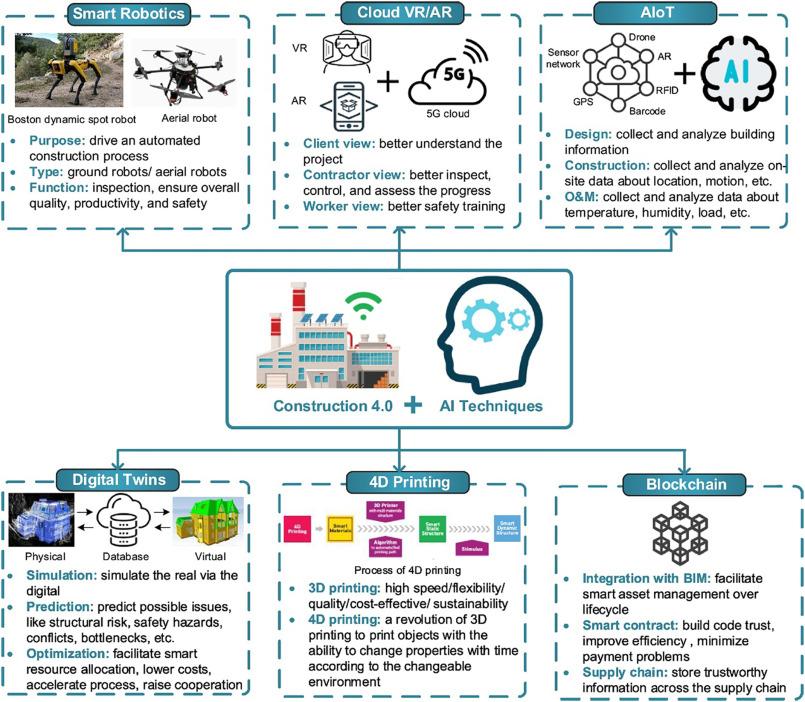Automating Compliance with Generative AI from Day 1

Introduction
As businesses increasingly integrate artificial intelligence (AI) into their operations, the need for regulatory compliance becomes more critical. One of the most promising developments in this area is the use of generative AI to automate compliance processes. Generative AI, which uses algorithms to generate new content or solutions based on data it has been trained on, can assist companies in staying compliant with regulations and guidelines from day one. This article explores how generative AI can definitely help businesses automate compliance, saving time and resources while ensuring regulatory adherence.
Data Gathering and Analysis
One of the primary ways generative AI can assist with compliance is through data gathering and analysis. Generative AI can be trained on large amounts of data to help identify patterns and trends related to compliance. This data can include regulations, guidelines, past compliance reports, and other relevant data. The algorithm can analyze this data and provide insights on potential compliance risks, which can help companies make more informed decisions.
Generating Compliance Documents
Generative AI can also assist in generating compliant documents, such as policies, procedures, and reports. By training the algorithm on the company’s specific compliance requirements, it can quickly generate accurate and relevant documentation. This can save time and effort for compliance teams and ensure consistency and accuracy in documents.
Monitoring for Compliance Changes
Regulations and guidelines are constantly evolving, and it can be challenging for companies to keep up with these changes. Generative AI can be trained on the latest updates and can continuously monitor for any changes that may affect compliance. This can help companies stay on top of compliance requirements and make necesary adjustments to their processes and procedures.
Identifying Potential Compliance Issues
Through its data analysis capabilities, generative AI can identify potential compliance issues early on. This can help businesses proactively address these issues before they become bigger problems. The algorithm can also provide recommendations on how to mitigate these risks and ensure compliance.
Conducting Compliance Audits
Conventional compliance audits can be time-consuming and resource-intensive. Generative AI can streamline this process by analyzing data and producing reports that highlight any compliance gaps or issues. this can save time and resources for both compliance teams and auditors.
Automated Remediation Recommendations
In the case of non-compliance, generative AI can provide automated remediation recommendations based on the data it has analyzed.This can help companies quickly address compliance issues and ensure they are in line with regulations and guidelines.
Conclusion
generative AI can significantly streamline and automate compliance processes from day one. By using this technology, companies can save time, resources, and effort, while also ensuring they are compliant with regulations and guidelines. As regulations continue to evolve and become more complex, generative AI will play an increasingly critical role in automating compliance processes. Companies that embrace this technology will be better positioned to navigate the complex regulatory landscape and ensure their operations remain compliant.
